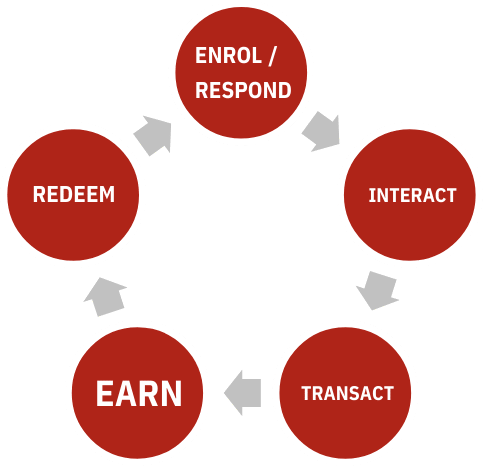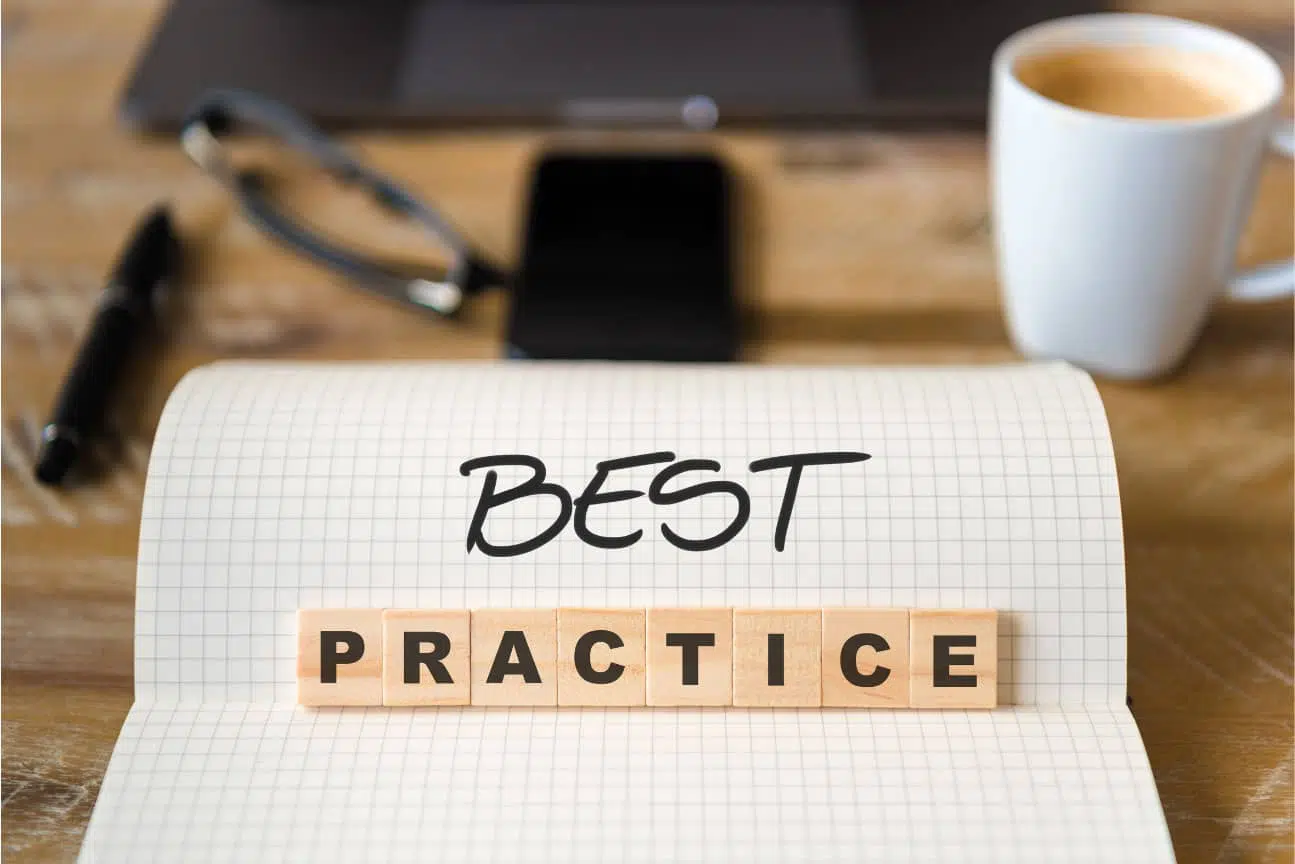In another article, we outlined the B2B loyalty design principles – the must-haves in your program design. It’s now time to look at best practices.
The ones that have stood the test of time.
Consider including these in your program design, and you’ll set your loyalty strategy up for success.
Best practice 1: Fine-tune objectives
Once you’ve outlined your strategic business objectives, it’s possible to hone your behavioral objectives – the specific variables of customer behavior you’re trying to change – with precise control.
By fine-tuning your loyalty objectives, you can anticipate the impact of achieving those goals – and more accurately provide senior management with a program financial model that you can stand behind.
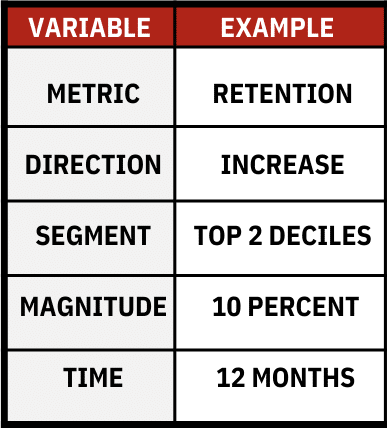
Best practice 2: Strategic models
Your loyalty strategy should follow one of several time-tested structural models that help lay the foundation for achieving your objectives.
The three most common loyalty structural models are:
PROPRIETARY
- You own the program
- You own the currency
- You own the cost
PLAYER
- You reward currency from another program
- ‘Owner’ brand has control
COALITION
- Third-party operator
- Partners issue shared currency
- Partners share cost
Best practice 3: Value proposition models
Your loyalty value proposition will typically follow one or more of these proven structural models:

PROMOTIONAL CURRENCY
• Creates perceived value
• Funding flexibility

SOFT CURRENCY
• Points +$ for rewards
• Helps with low earn velocity

CONTENT MARKETING
• Best for long sales cycles
• Creates emotional appeal

SOFT BENEFITS
• Essential for top-tier clients
• Builds emotional loyalty
Best practice 4: Customer segmentation
Customer segmentation allows you to use your marketing resources most efficiently by allocating them based on your customer’s current and potential value.
First, determine what variables to analyze (account value, transactions, churn rate, etc.); second, segment your customers into manageable groups; and third, design tactics to encourage desired behavior shifts.
Measure results and refine as needed.
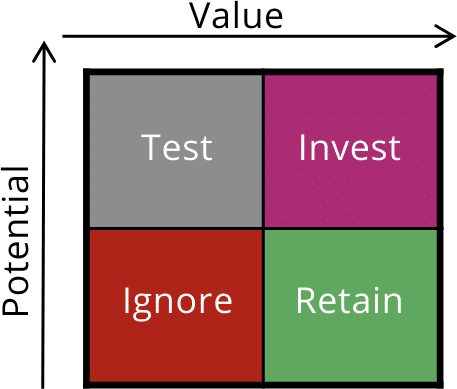
Remember also that each of these best practice recommendations in themselves leads to a host of tactical decisions that will inform your final loyalty strategy design. Tactical execution will also require buy-in and support from a number of internal decision-makers.
Be flexible and do as much as your budget and resources allow.
Best practice 5: Dual rewards
For B2B loyalty program, dual rewards – rewards that provide both bottom-line benefits to your customers’ businesses as well as a personal appeal to decision-makers – are essential to success.
DUAL REWARDS: HARD BENEFITS
-
In-kind rewards
-
Take a customer to lunch
-
Training seminars
-
Sales incentives
DUAL REWARDS: SOFT BENEFITS
-
Business concierge
-
Conference invitations
-
Business events
-
Members-only access
Best practice 6: Flexible funding
Instead of a flat program funding rate, provide a low base funding rate and then use your marketing dollars to test reward bonuses targeted to specific segments and designed to close the gap between current behavior and desired behavior.
Target specific variables of behavior, such as frequency, order size, sales goals, or cross-purchase.
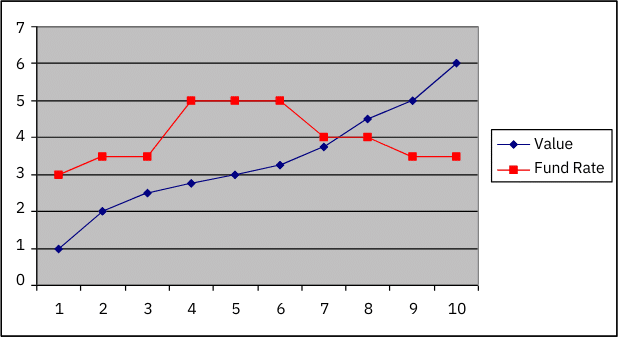
Best practice 7: Sustained dialogue
Leveraging customer data to fuel relevant dialogue is critical to success. Leverage customer insight to increase offer relevance, deliver message consistency through all platforms and devices, let your customers choose their preferred communication timing, and develop an approved plan to measure communications impact.
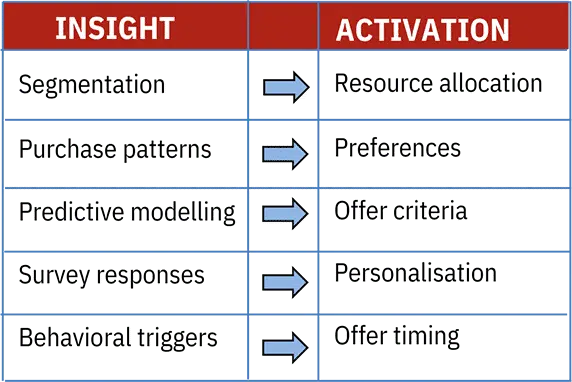
Best practice 8: Member engagement
Loyalty program analysis demonstrates that customers, partners, and sales reps who engage with your loyalty program will demonstrate increasing lifetime value the more often they complete the program journey.
Use communications, trigger offers, gamification, and other engagement tactics to encourage participation at each stage of the loyalty cycle.
